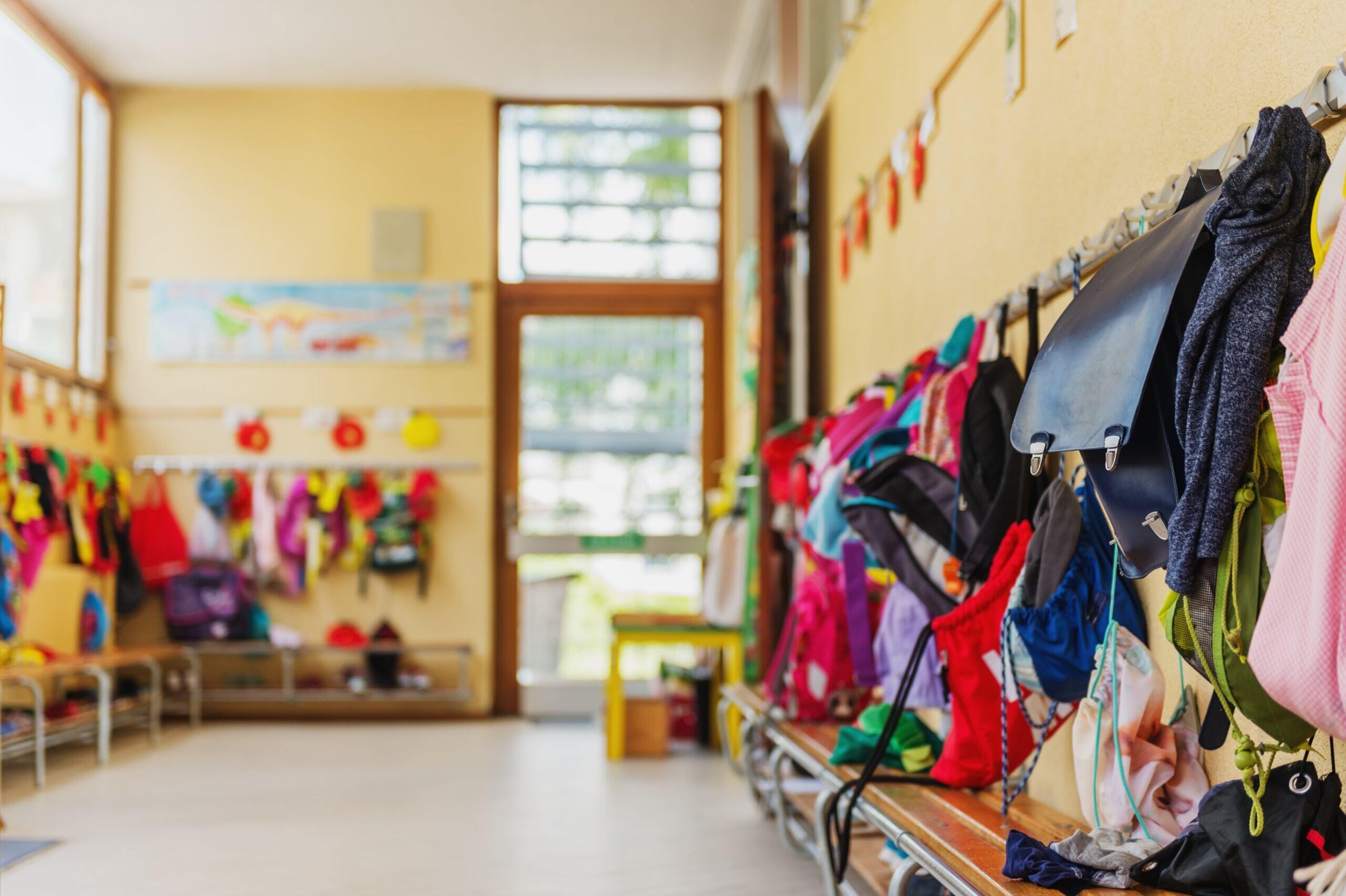
Why sleep matters in early childhood
As early childhood experts, we understand that sleep is not just rest—it's foundational for healthy development in young children, and it affects everything from brain growth to emotional regulation and physical health. Well-rested children are better able to learn, concentrate, and manage their emotions which are all important for school readiness.
Despite its importance, the American Academy of Pediatrics (AAP), reports that one in four children under age five does not get the recommended amount of sleep, which can lead to challenges in behavior, learning, and health. For child care professionals and families, fostering healthy sleep habits can set up children for success, both in the classroom and at home.
How much sleep do children need?
According to the AAP, young children should get the following amounts of sleep in a 24-hour period (including naps):
- Infants (4–12 months): 12–16 hours
- Toddlers (1–2 years): 11–14 hours
- Preschoolers (3–5 years): 10–13 hours
Healthy sleep habits established in early childhood can:
- Support long-term health: Sleep helps reduce the risk of chronic health conditions, build a child’s developing immune system, and foster healthy development and growth.
- Enhance school readiness: A well-rested mind and body supports social-emotional skill development, increased focus, and the ability to learn new concepts.
Child Care Resource & Referral (CCR&R) organizations can collaborate with child care programs to equip providers and families with simple strategies to help establish healthy sleep routines for young children. Below is a summary of strategies to improve sleep and ensure safe sleep environments for young children.
Strategies to improve sleep in the classroom
Making sleep a priority in child care programs supports children’s health and sets the stage for better outcomes. Here are some simple ways to foster healthy sleep environments:
- Create a sleep-friendly space
Dim the lights or use curtains during nap time.
Keep noise levels low or play soft, calming music. - Use calming transitions
Use story time or calming stretches to help children wind down before nap time.
Provide cues such as dimming lights or playing music so children know it’s time to rest. - Maintain consistent nap schedules
Schedule daily naps at the same time to maintain children’s routines. Allow enough time for children to fall and stay asleep.
Respect individual sleep needs: some children may need longer naps than others. In addition, children with special needs may need accommodations. Programs should communicate with families to plan for specific sleep needs. - Follow AAP Safe Sleep Guidelines
For infants, always place them on their backs to sleep. Use a firm mattress with a tight-fitting sheet and keep the sleep area free of loose bedding and soft objects.
Frequently check on children while they are sleeping.
For more safe sleep information, check out: How to Keep Your Sleeping Baby Safe: AAP Policy Explained - HealthyChildren.org
Healthy bedtime routines for families
Supporting families in establishing bedtime routines at home can benefit children’s overall health. CCR&Rs play a key role by equipping providers with resources and strategies to support families in discussions about bedtime routines, drowsy cues, and nap schedules. Here are some simple tips to share:
- Keep bedtimes consistent: Aim for the same bedtime and wake time daily.
- Create a relaxing bedtime routine: Bath time, reading together, and quiet activities can help children wind down before bed.
- Limit screen time: Avoid television, tablets, or phones at least 30-60 minutes before bed.
- Watch for drowsy cues: Children often show they’re ready for sleep by slowing their movements, drooping their eyelids, or yawning. If they become overtired, which may look like fussiness, eye rubbing, irritability, or crankiness it may become more difficult for them to fall asleep.
Connect families with resources like how to structure a bed time routine to help support healthy sleep habits at home.
Managing stress for better sleep
Stress can interfere with young children’s ability to relax and get the rest they need. Teaching young children stress management strategies helps support their emotional and physical health.
- Mindful breathing: Practice short, guided breathing exercises to help children relax before resting.
- Gentle stretches or yoga: Introduce simple, age-appropriate poses that can soothe.
- Calming music or stories: A comforting story or soft music can encourage relaxation.
When children learn to manage stress from an early age, it supports healthy sleep patterns and contributes to increased social emotional health and development.
Take action today!
CCR&Rs help child care programs integrate healthy sleep habits into daily routines. Establishing calm nap environments, encouraging consistent bedtimes, and offering stress management strategies can all help build a strong foundation for restful sleep. Here are some steps CCR&R’s can take:
- Educate providers on sleep recommendations
- Highlight the benefits of following age-appropriate sleep recommendations and consistent rest routines.
- Offer tools and resources for identifying and supporting children’s individual sleep needs.
Looking for more support?
Request more information from Child Care Aware® of America by completing a Technical Assistance request. Together, we can ensure children in child care programs develop the healthy sleep habits they need to thrive—now and in the future.
Additional Resources:
Routines to Help Children Rest and Sleep - Sesame Workshop
Safe Sleep in Care Settings - National Institute for Children's Health Quality




